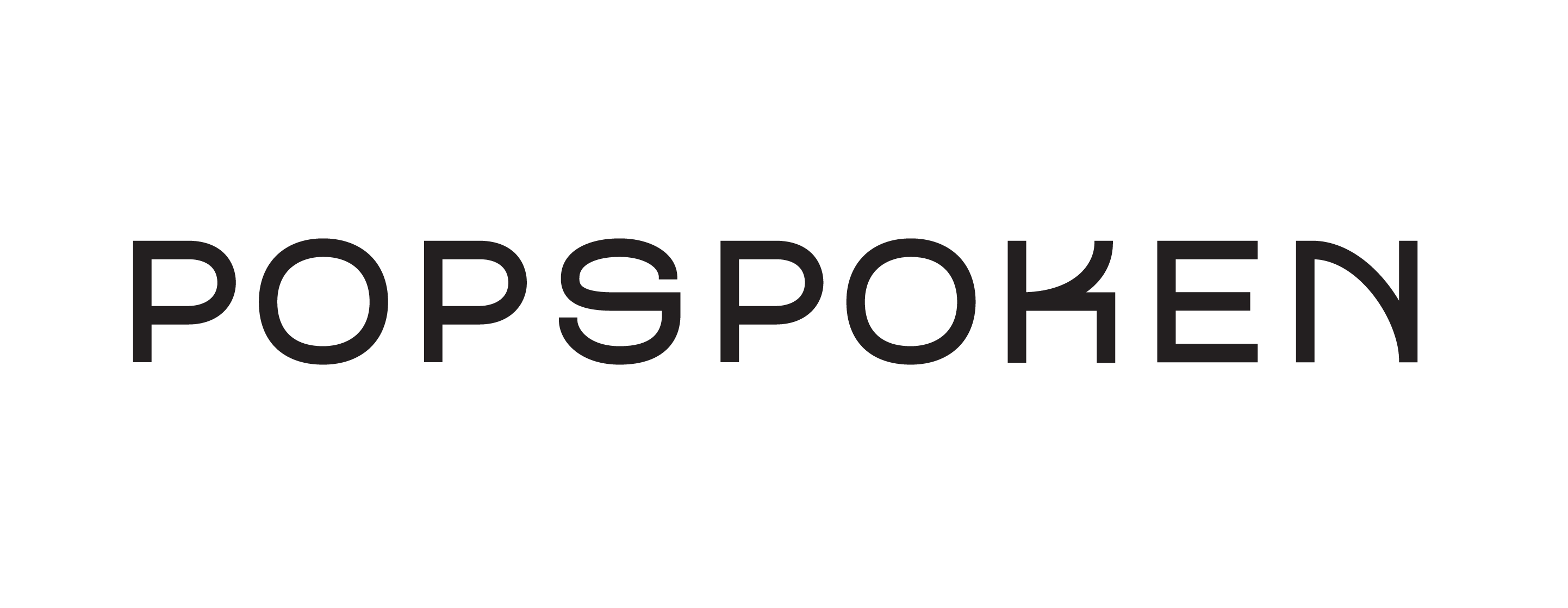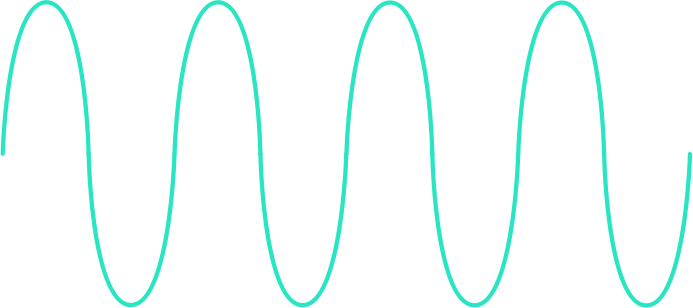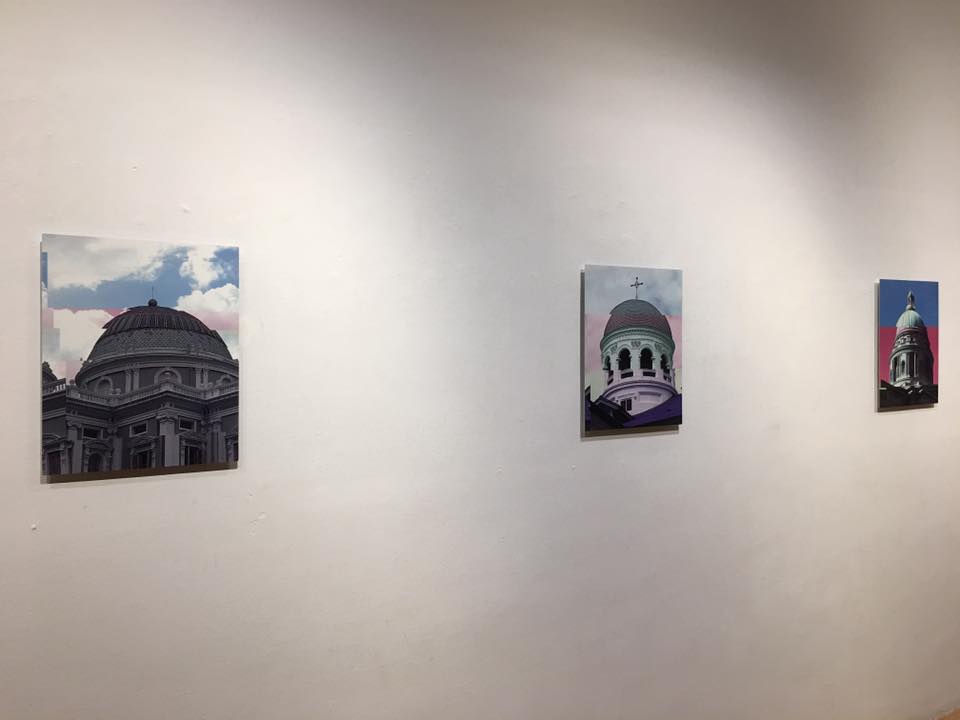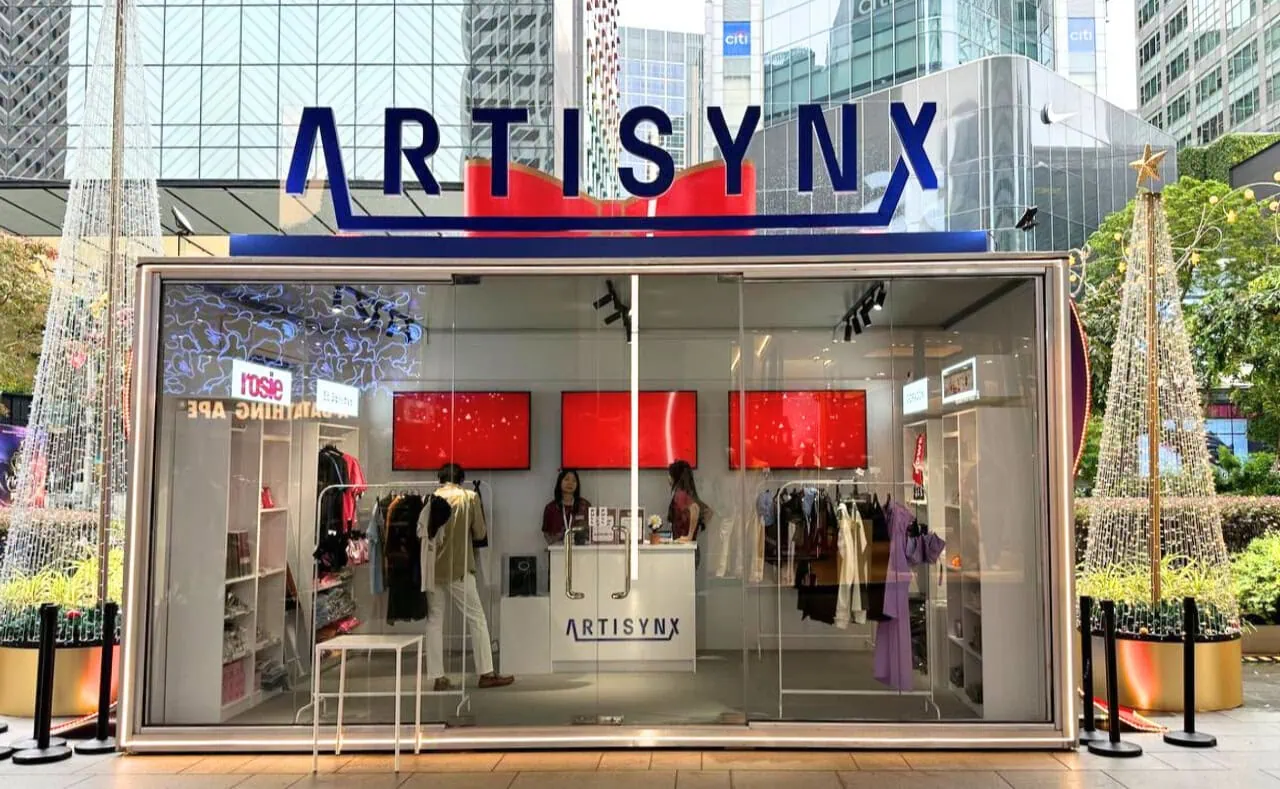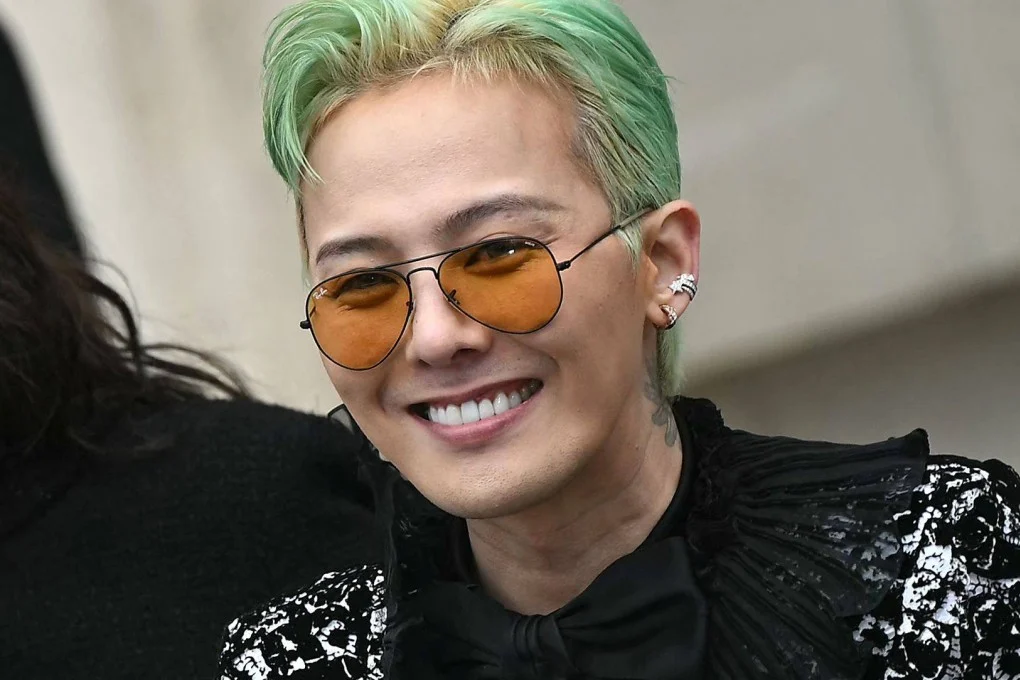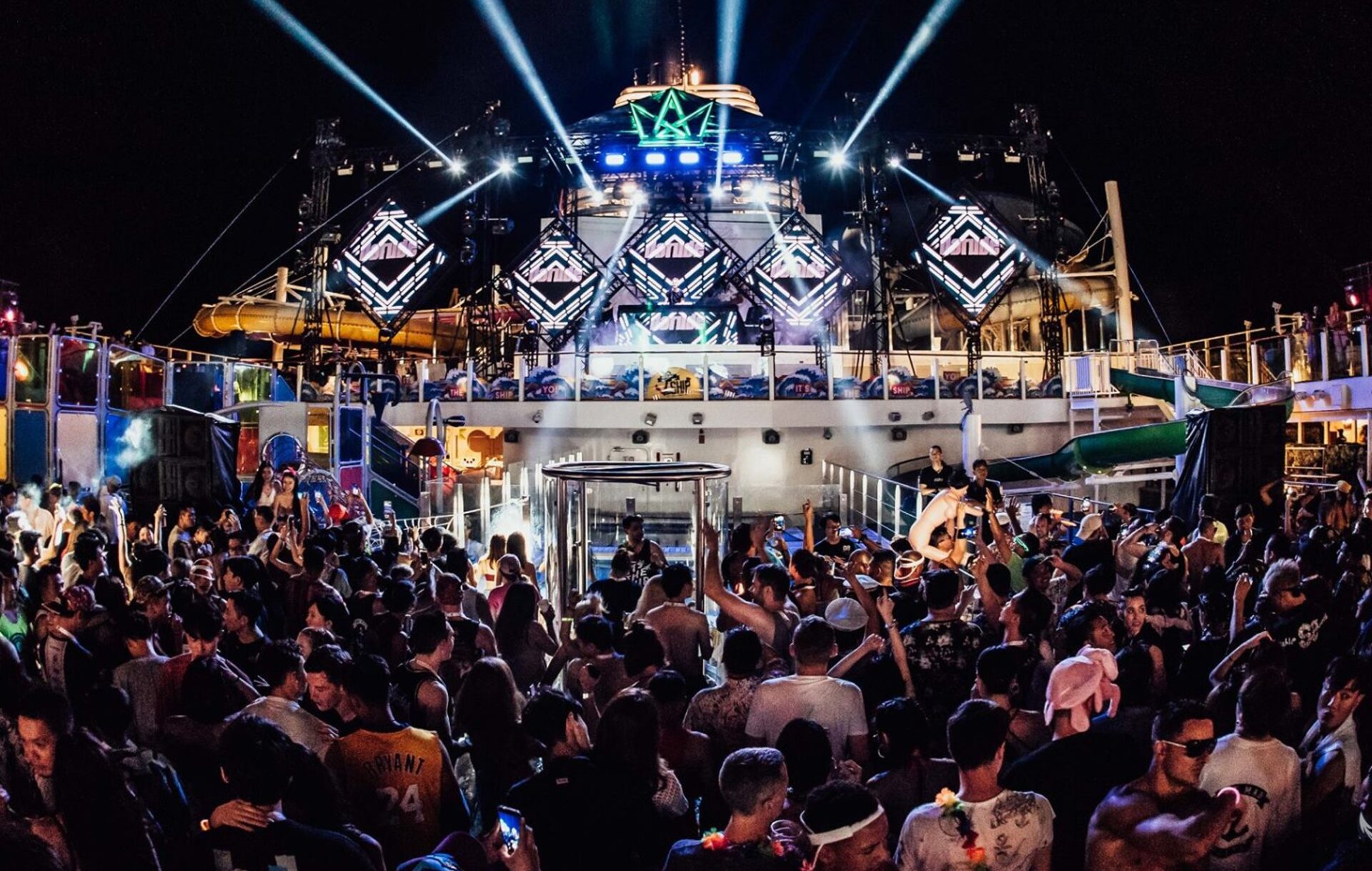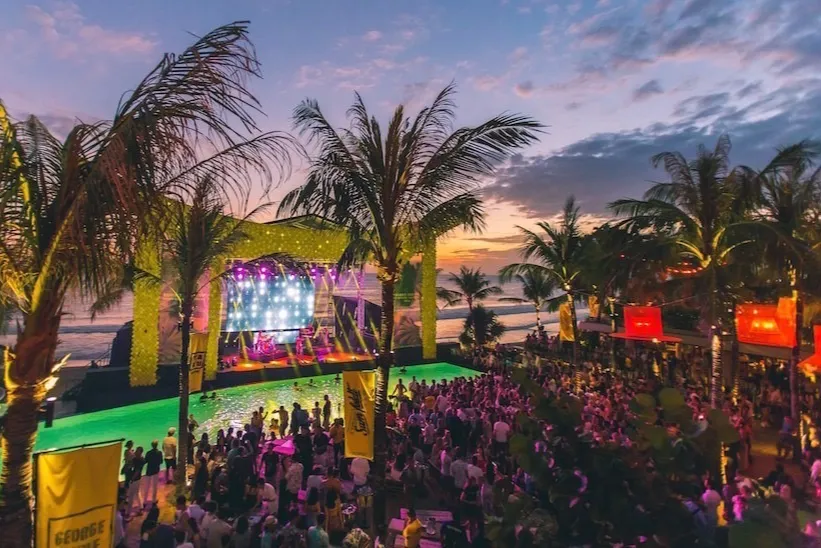14 local and international artists come together on 14 Feb, to explore the invisible as part of INSTINC Singapore’s exhibition at Ion Art Gallery. Expect puns, artifical news and installations at an exhibition that makes a commentary on the rules and conventions that shape our understanding of art.
We peer into the mind of Urich Lau, a multihyphernate who is not only an independent curator, artist, member of the Artist’s Village, but also a lecturer at LASALLE College of the Arts. He shares with us that his work Three Domes (featured at instinctive 1.0: (invisible)), is a “symbolic reminder of the arts being under an institutional structure and constant regulation for the mainstream public” and is intrigued by the way the dome structure invokes Greco-Roman architecture from Singapore’s colonial history.
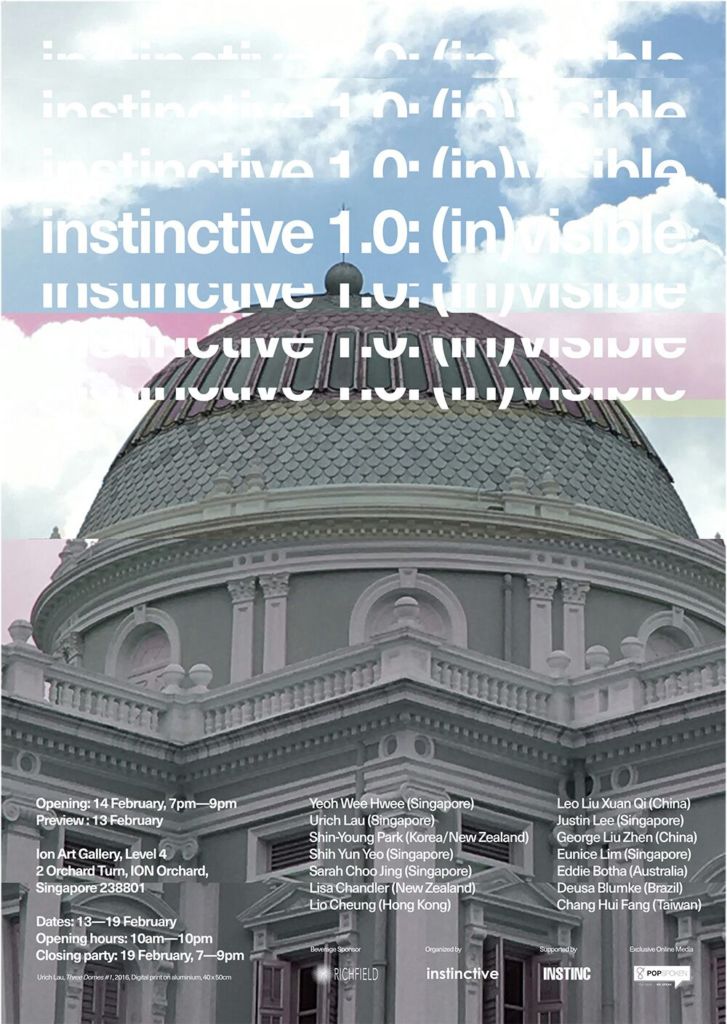
How did you decide on the medium of digital photography for the (in)visible series?
In addition to the medium of video, Photography has always been a part of my art practice. I began to Photograph Instagram worthy spiral stairs in Tokyo. Now, I also have interests in coding and programming. The tools and techniques in photography will evolve and develop in time, and my conceptual framework will be derived from both traditional and digital photographic methodologies.
Three Domes evokes religious undertones. What is the artist’s role when it comes to dealing with such subject matter?
I do not actually link the domes to religious undertones. I chose to feature the domes of each of Singapore’s major art institutions because of their historical links to Greco-Roman architecture in modernity and our colonial background, even though these buildings are now re-institutionalised for the arts. Domes are associated not only with religious, but also with institutional and governmental building traditions.
There are also structurally and mathematically viable for sturdy construction. In Three Domes, I see the domes as a symbolic reminder of the arts being under an institutional structure and constant regulation for the mainstream public. But to respond to this question, I view art and religion as always having co-existed in movements and expressions throughout the history of art. I am not religious, so I do not have much interest in focusing on this subject.
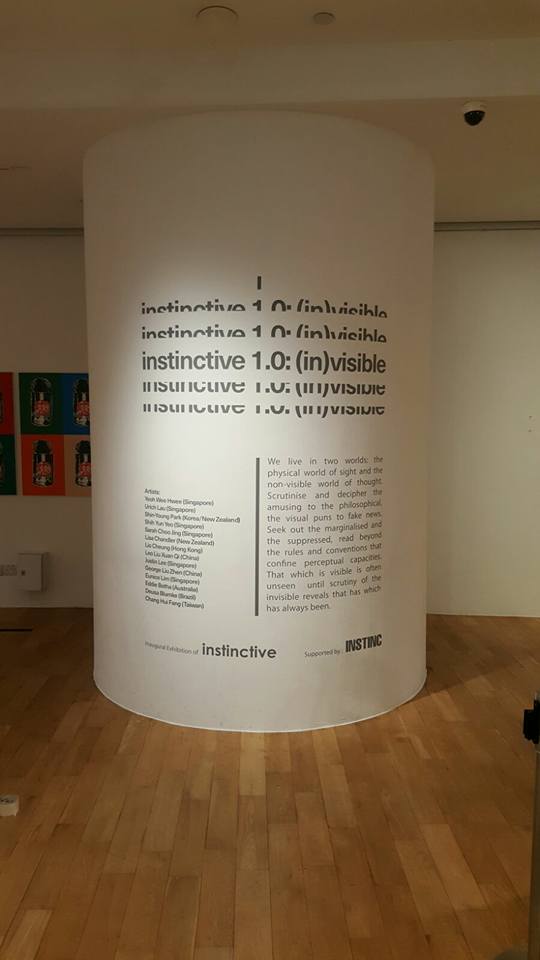
What do you think of the intersections between religion and the arts in contemporary times? Do you think there’s a difference in these perceptions and/or reactions locally and abroad? Are there any personal experiences that you would like to share?
Art is a vehicle for any humanistic, cultural and societal subject matter, including the subject of religion. Throughout history of art, we see many depictions of the religious subject manifested in all forms and formats. There are personal and culturally collective interpretations that are evident from Michelangelo to William Blake. In contemporary art, one can also see the subject of religion being used as a metaphor for current issues in morality or mortality, like in the works of Damien Hirst.
If the question is about how Singapore looks at the religious subject matter, then there is a very conservative view of art accepted as an outlet for expression, as there is a tendency that any approach to this subject is deemed too sensitive and therefore, is disproportionately avoided.
Such mentality does not serve well to improve or develop a healthy discourse in art. It also undermines the maturity in acceptance from both artists and audiences who may very well be able to converse aptly in this subject. As someone who is non-religious, I see religion as not just a belief system in a celestial higher being or beings, but to understand culture and history in human civilisation.
How do you think the role of government in local art has changed? What more do you think can be done for local artists?
The government has a vital role as the builder and provider in infrastructure. The artists or arts community are the core driving force for perpetuating the arts. As artists, we need more freedom of experimentation and expression on any subject matter. Contrary to most unfounded fears, artists are mature working adults too. It is the artists’s role to challenge social norms because that is part of the creative process.
Let debating and discourses be part of the art education and awareness for the public, because that is how status of art and culture can be elevated.
What is the most memorable reaction to any of your artworks, locally or abroad?
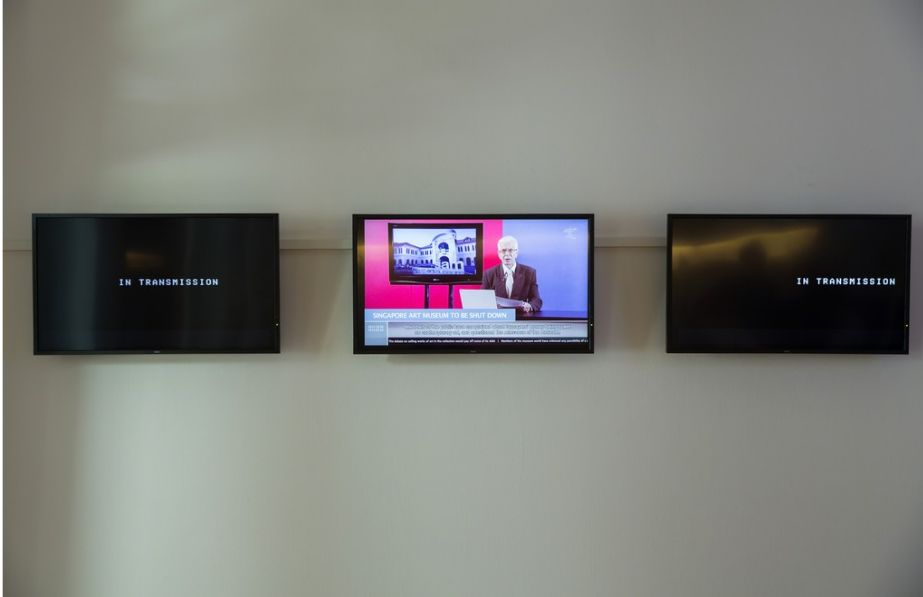
The audience laughed, as if they understood a joke or a satire from realising the truth in the fiction.
Finish this sentence: “In 2017, I would like to… go back to school, to develop my research and to pursue further studies.
instinctive 1.0 : (In)Visible will be held at Ion Art Gallery (2 Orchard Turn, ION Orchard, Level 4 Singapore 238801) from 14 – 19 February 2017.
All artworks at the exhibition are for sale, and are priced between SGD 550 and SGD 25,000. Details here.
Featured image: Urich Lau’s Three Domes
